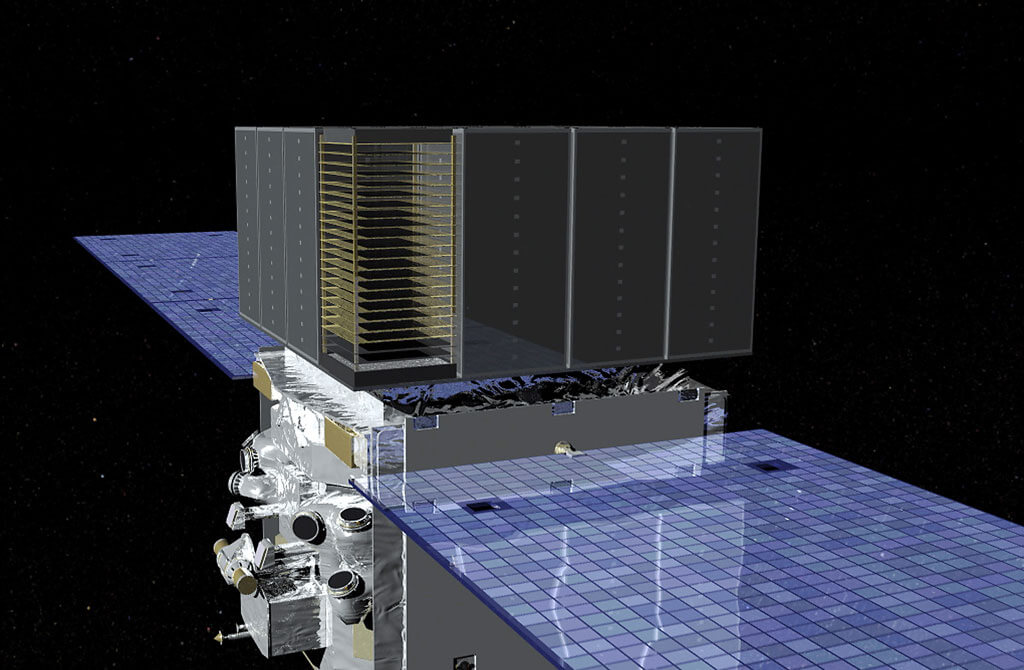- Get link
- X
- Other Apps

More recently, we reported that the time of the Kepler telescope is coming to an end - the device has only a few months left before its fuel tanks are completely devastated. Now, the US aerospace agency NASA reported problems with the Fermi orbital observatory. The space telescope wedged one of the engines, controlling the position of one of its solar panels.
"On March 16 of this year, the Fermi Observatory recorded a malfunction in the engine of one of the blocks of its solar panels. As a result, the probe went into safe mode and turned off all the tools. Now, NASA specialists are trying to reveal the cause of the problem and are considering the possibility of continuing observations using a jammed panel, "said Jonathan McDowell, a famous astronomer, with reference to the engineering team of NASA.
Recall that the withdrawal of the Fermi telescope into orbit took place on June 11, 2008. Initially, the project was called GLAST, but in August of the same year it was renamed in honor of the physicist Enrico Fermi, who participated in the Manhattan project, and was also the founder of high-energy physics. The spacecraft is equipped with two main instruments - the LAT telescope, designed to view the sky in the gamma range, as well as the gamma-ray burst detector GBM.
For ten years of its operation, the telescope has discovered thousands of new gamma-ray bursts, giant black holes and other objects emitting the light of the highest energies, including the trace of the merger of two pulsars, discovered by the gravitational observatory LIGO in August last year.
NASA engineers note that problems with the solar array engines of the device can seriously limit its functionality and efficiency. If their work can not be restored, then it generally can put an end to the further research work of the telescope. The fact is that the device rotates in a relatively low circular orbit around the Earth. In the event that the batteries of the device lose the ability to change their position, in some places of the orbit it will receive very little solar energy.
The team working with Fermi, can not yet understand what caused the engine failure of the solar panel. There is an assumption that the failure is associated not with mechanical, but with electronic nature. If this is the case, then the engineers are likely to be able to restore the telescope's performance. In this case, the possibility of reducing energy consumption for the resumption of the scientific part of the mission will be considered, but first we need to understand the exact cause of the failure.
The article is based on materials .
- Get link
- X
- Other Apps
Comments
Post a Comment